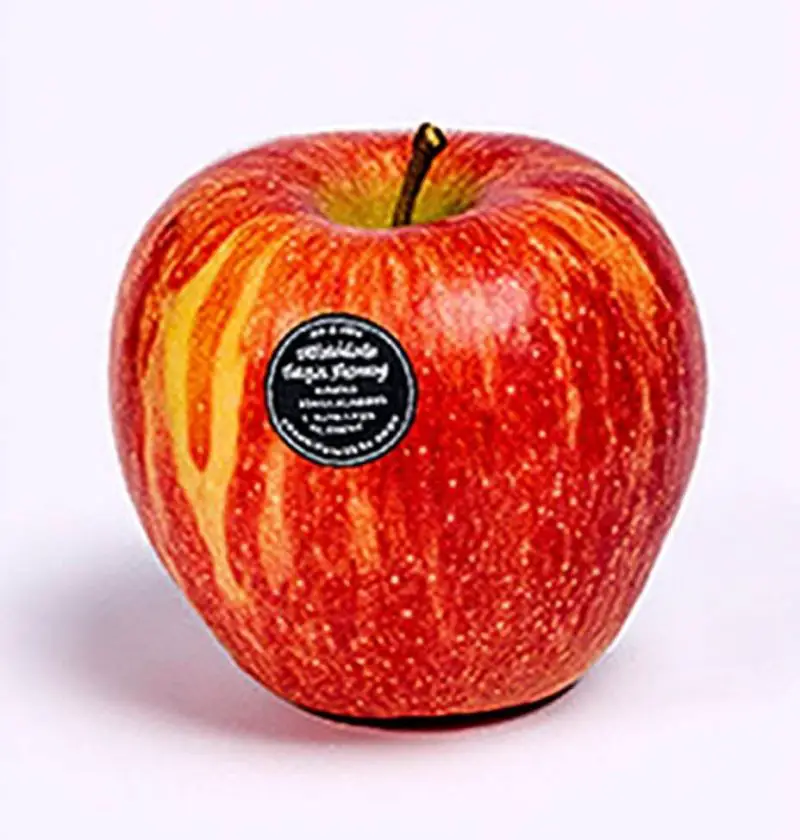You might never look at your produce the same way again.
I still remember the day I stood in the kitchen with a bowl of Gala apples, peeling those pesky little stickers off with the edge of my fingernail. My grandson asked, “What do these even do?” And honestly, I paused. I had no idea—aside from annoying my compost bin, they didn’t seem to do much.
But oh, was I wrong.
Those tiny fruit stickers? They’re more than just price tags. They hold quiet little secrets about how your produce was grown—and if you’ve ever cared about pesticides, GMOs, or what “organic” really means, this will be your new favorite kitchen tidbit.
Why You’ll Love Knowing This Stuff
-
Helps you shop smarter without relying solely on signs or labels.
-
Tells you how the fruit was grown—conventional, organic, or genetically modified.
-
Supports your health goals by letting you spot pesticide-free options.
-
A simple tool for teaching kids about food choices (my granddaughter now checks every sticker).
So What’s a PLU Code, Anyway?
Those little numbers on the sticker? That’s a PLU code—short for Price Look-Up. Stores use them to ring up the right price, sure, but these codes do more than that. They’re like produce Morse code. And once you know how to read them, you’ll feel like you’ve cracked a secret grocery store language.
-
4-digit code (e.g., 4011) = Conventionally grown
-
5-digit code starting with 9 (e.g., 94011) = Organically grown
-
5-digit code starting with 8 (e.g., 84011) = Genetically modified (GMO)
That’s it. Simple, right? But the implications are worth chewing on.
Let’s Break It Down (No Pun Intended)
Conventional Produce (4-digit codes)
These are your everyday fruits and veggies—grown using synthetic fertilizers, herbicides, and pesticides. Think supermarket staples. They’re usually more affordable, but that bargain might come with a side of chemical residue.
Tip: Wash thoroughly—even better, soak in a vinegar-water bath for a few minutes to help reduce surface pesticides.
Organic Produce (Starts with 9)
This one’s for folks who want fewer chemicals in their diet. Organic farming avoids most synthetic pesticides and fertilizers. It also supports biodiversity and healthier soil.
My take? If I’m feeding the grandkids or buying strawberries (which are notoriously pesticide-heavy), I always check for the “9” first.
Save This Recipe
Genetically Modified (Starts with 8)
Ah, the controversial one. These are made using genetic engineering for things like longer shelf life or pest resistance. Many scientific bodies say they’re safe—but some folks steer clear due to environmental or ethical concerns.
You won’t see many of these labeled anymore—PLU codes starting with 8 have fallen out of common use. But if you do see it, now you know.
Making Your Own Choices (Not Just the Store’s)
Food choices are deeply personal. Some people avoid GMOs like the plague, while others are more focused on budget or shelf life. That’s okay. But knowing what the codes mean gives you the power—not just the grocery store.
Wanna go a step further? Look for:
-
Local produce (fewer food miles = fresher and greener)
-
Seasonal fruits (usually tastier and more affordable)
-
Farmers’ markets (you can ask the farmer how it’s grown!)
A Few Fun Extras…
-
Sticker glue is food-grade, but I still peel it off before biting in. Just feels… better.
-
You can actually compost some stickers—but most are plastic. Check with your local waste service.
-
Some companies are moving to laser etching instead of stickers. (Fancy, huh?)
How to Store and Prep Smarter
-
Wash everything—even organic produce. It can still carry bacteria from handling.
-
Dry before storing to avoid spoilage in the fridge.
-
Freeze extra fruit for smoothies if you overbuy (we’ve all been there!).
A Quick Wrap-Up (With a Little Lemon Zest)
So next time you’re peeling a sticker off a pear or pulling one out of your teeth (been there), take a peek at those numbers. They’ve got a whole story to tell about how that fruit got to your kitchen.
Isn’t it kind of wild how something so small can mean so much?
If this was helpful or you’ve got your own produce sticker tip, I’d love to hear it—drop a comment below or shoot me a message. After all, food’s better when we share.
Happy snacking,

